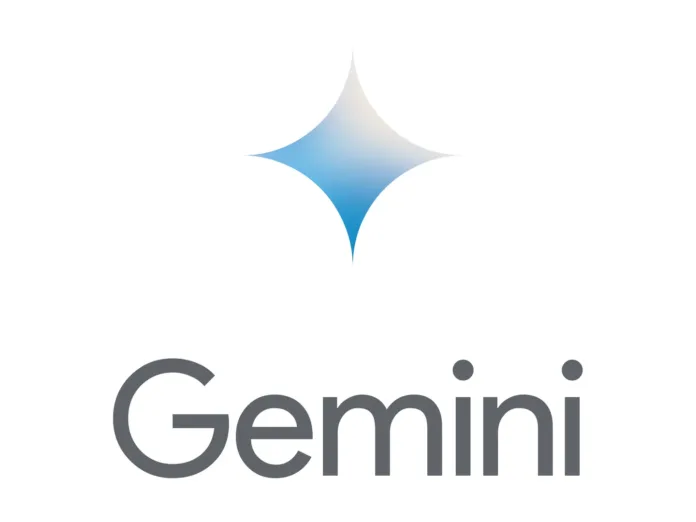Google is about to take a revolutionary step in the rapidly changing field of artificial intelligence with the release of Google Gemini, its most recent invention. CEO Sundar Pichai audaciously proclaims that it’s the start of a new era, a revolutionary move that will affect many aspects of Google’s offerings. However, what is Google Gemini exactly, and how does it compare to its rivals—most notably, OpenAI’s GPT-4—? Let’s examine this cutting-edge technology’s specifics.
Table of Contents
Understanding Google Gemini
Gemini Variants
Google Gemini is a family of AI models designed to meet various needs rather than a single model. Google offers a range of AI capabilities, from the powerful Gemini Ultra intended for data centers to the sturdy Gemini Pro powering Google AI services and the lightweight Gemini Nano intended for Android devices.
Start-Up Approach
Google is currently improving the Pixel 8 Pro owners’ experience and rolling out Gemini through its Bard platform. Gemini Pro will be available to developers and enterprise clients on December 13th, to integrate it into other Google products worldwide. It’s important to remember, though, that Gemini is only initially available in English.

Gemini vs. GPT-4: The Showdown
Analysis of Benchmarking
Aware of the growing impact of OpenAI’s GPT-4, Google carried out a thorough study contrasting the two models. Gemini, which is competing against 32 benchmarks, claims a significant advantage over 30 of them, demonstrating its versatility across a range of tasks, including the comprehension and manipulation of multimedia content.
Advantage of Multimodality
Gemini has an advantage over its competitors because of its ability to handle audio and video with ease. In contrast to OpenAI, which created distinct models for speech and images, Google’s strategy entails creating a multisensory model from the ground up, offering more adaptable and general systems.
Also Read: Google Chatbot AI Gemini Launch Delayed: Can It Surpass ChatGPT?
Gemini: Beyond the Benchmarks
Flexibility and Upcoming Changes
Although Gemini is currently very good at text-based interactions, it wants to be even better. It is planned for more sophisticated models, such as Gemini Ultra, to perform tasks involving images, video, and audio as well as possibly even robotics. Google wants Gemini to keep improving, becoming more perceptive, precise, and firmly rooted in the real world.
Effectiveness and Economy
Gemini is notable for its efficiency as well as its capabilities. It outperforms its predecessors, such as PaLM, in terms of speed and cost after being trained on Google’s Tensor Processing Units. Furthermore, Google presents the TPU v5p, an upgraded version of its processing platform intended for large-scale AI model execution and training.

Looking Ahead: Google’s Vision for Gemini
A Strategic Launch
For Google, Gemini represents more than just a model; it’s the result of years of development and research. It’s a calculated attempt to reclaim the lead in the AI space following OpenAI’s ChatGPT’s surprising success. Pichai and Hassabis emphasize a cautious but optimistic approach, viewing Gemini as a critical step towards artificial general intelligence (AGI).
Security and Accountability
Given the significance of responsibility and safety in AI development, Google reassures users about the thorough testing conducted on Gemini. Data security and dependability are ensured by both internal and external evaluations, including red-teaming, which is especially important for enterprise applications. Google stresses a cautious approach while acknowledging the inherent risks associated with deploying sophisticated AI systems.
Also Read: Google Sports Widget for Android Phones: Unveiling the Future
Conclusion
In a world where artificial intelligence is quickly changing the technological landscape, Google Gemini shows up as a major force. It is positioned as a competitor in the race for AI dominance due to its various variants, benchmark superiority, multimodal capabilities, efficiency, and strategic launch. Gemini is evidence of Google’s commitment to risk-taking but responsible innovation as the company slowly makes its way toward artificial general intelligence (AGI).
FAQs
Q. 1. Is Gemini available in any other language besides English?
A. 1. Gemini is only available in English right now, but additional languages will be added later.
Q. 2. How does Gemini stack up against OpenAI’s GPT-4 in practical uses?
A. 2. Gemini distinguishes itself from GPT-4 by demonstrating its superiority in several benchmarks, with tasks involving multimedia interactions being one area where it shines.
Q. 3. What distinguishes Gemini as an effective AI model?
A. 3. The training of Gemini on Google’s Tensor Processing Units (TPUs) is what makes it more efficient than earlier models in terms of speed and cost.
Q. 4. What is Gemini’s contribution to coding apps?
A. 4. With the introduction of AlphaCode 2, a new code-generating system that outperforms a sizable portion of coding competition participants, Google sees Gemini as a potent tool for coding.
Q. 5. What safety measures has Google implemented to guarantee Gemini’s well-being?
A. 5. Google has put in place some stringent safety measures, such as red-teaming, internal and external testing, and a methodical, controlled release schedule for its most capable models.
Disclaimer:
AI was used to conduct research and help write parts of the article. We primarily use the Gemini model developed by Google AI. While AI-assisted in creating this content, it was reviewed and edited by a human editor to ensure accuracy, clarity, and adherence to Google's webmaster guidelines.



Comments are closed.